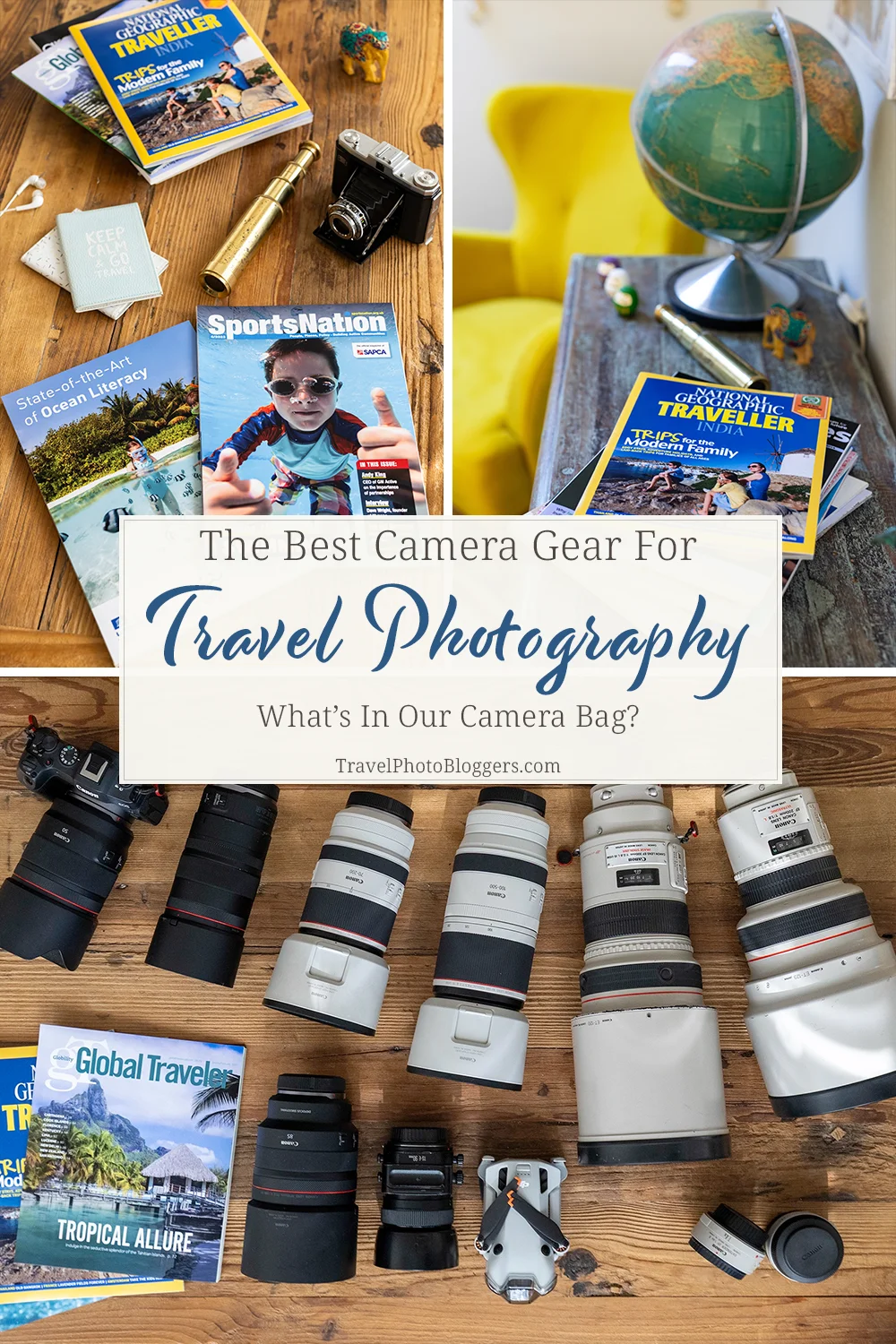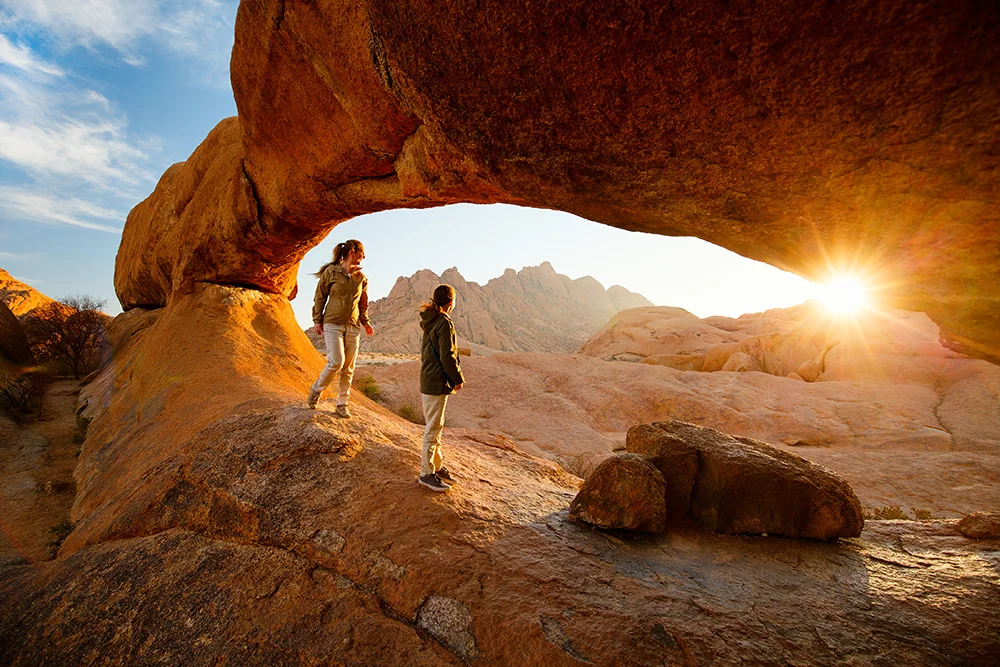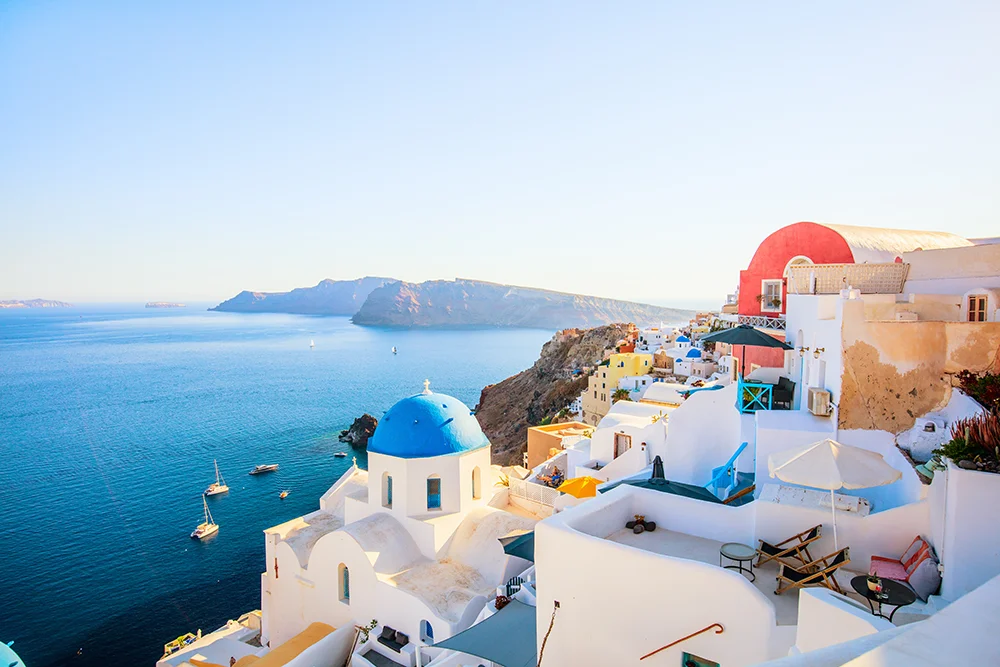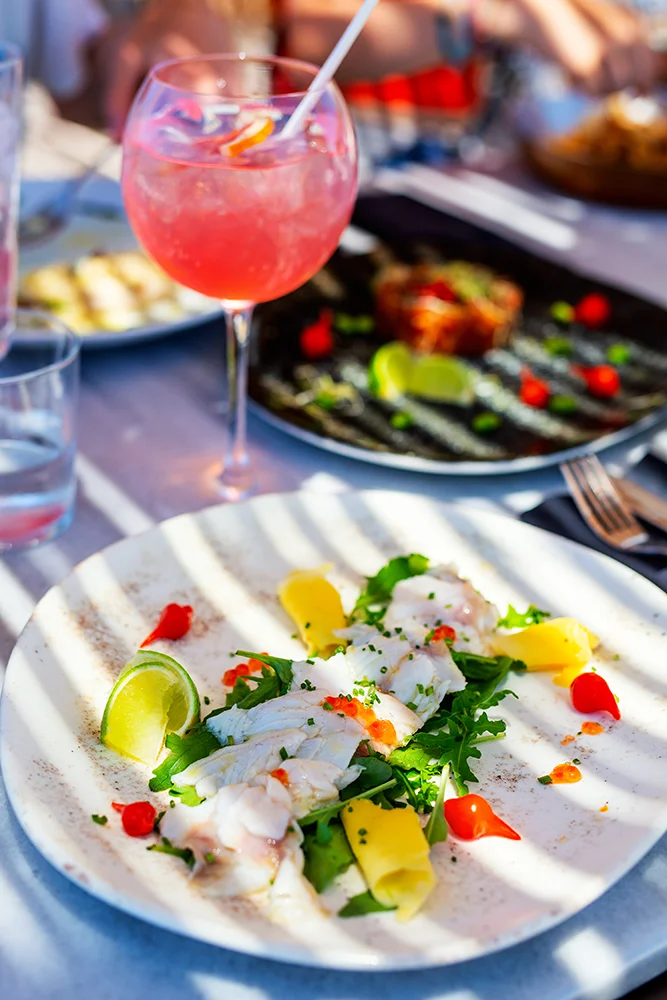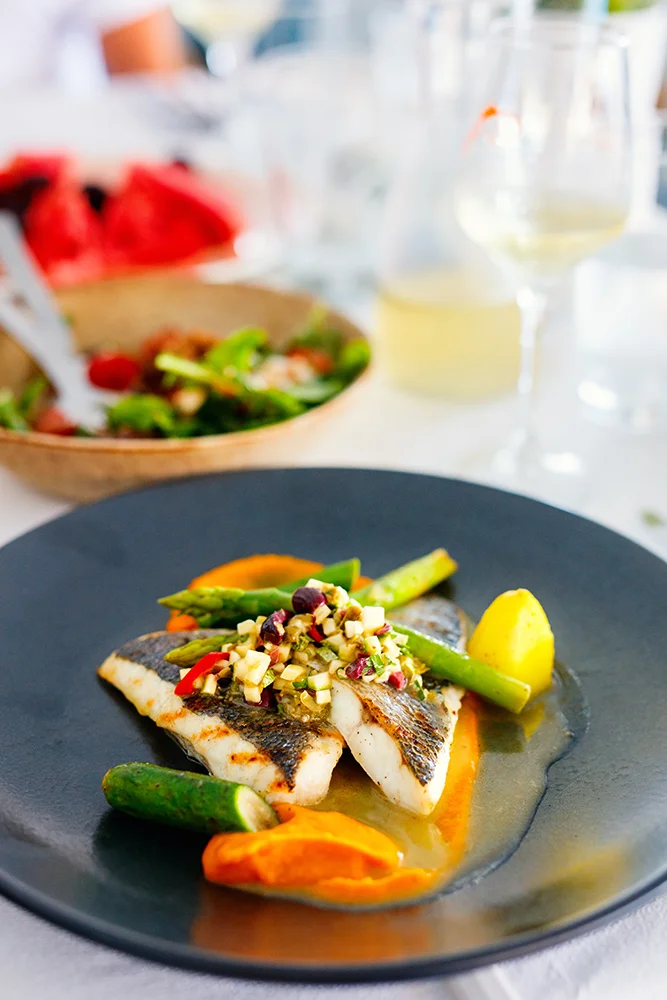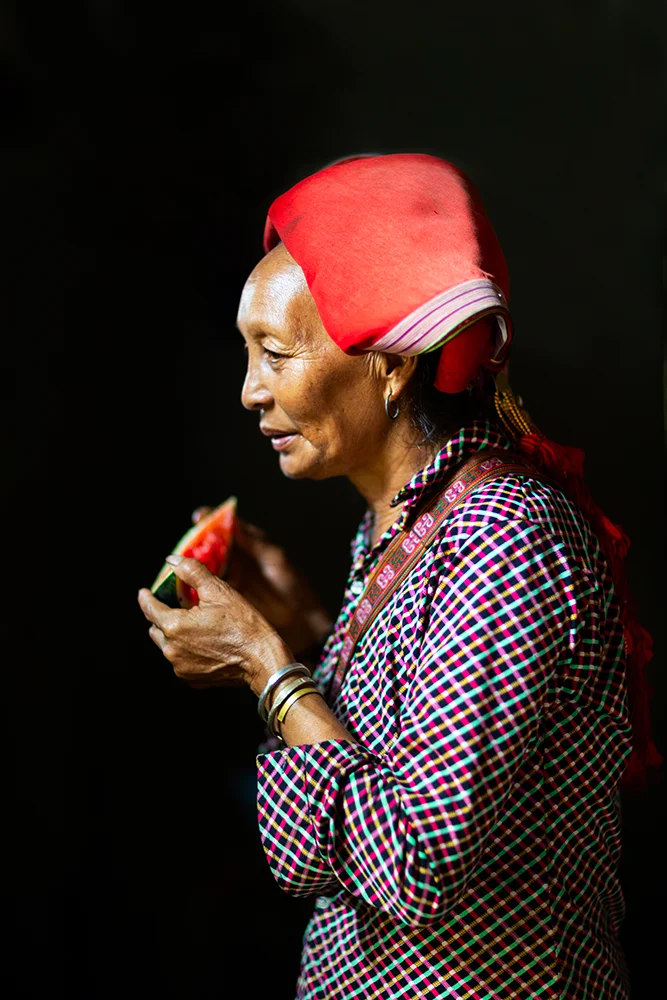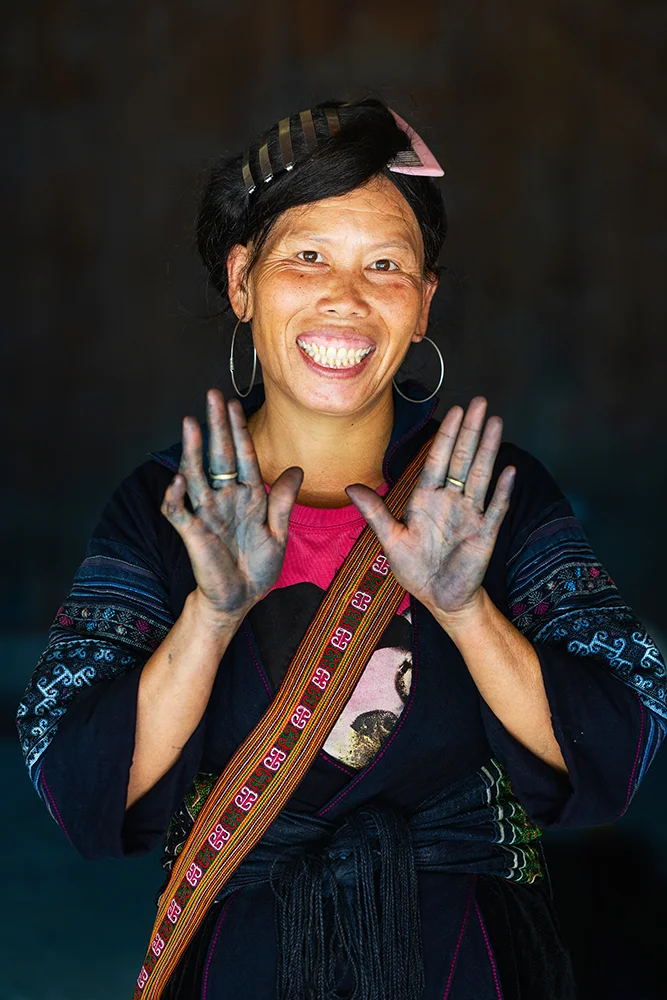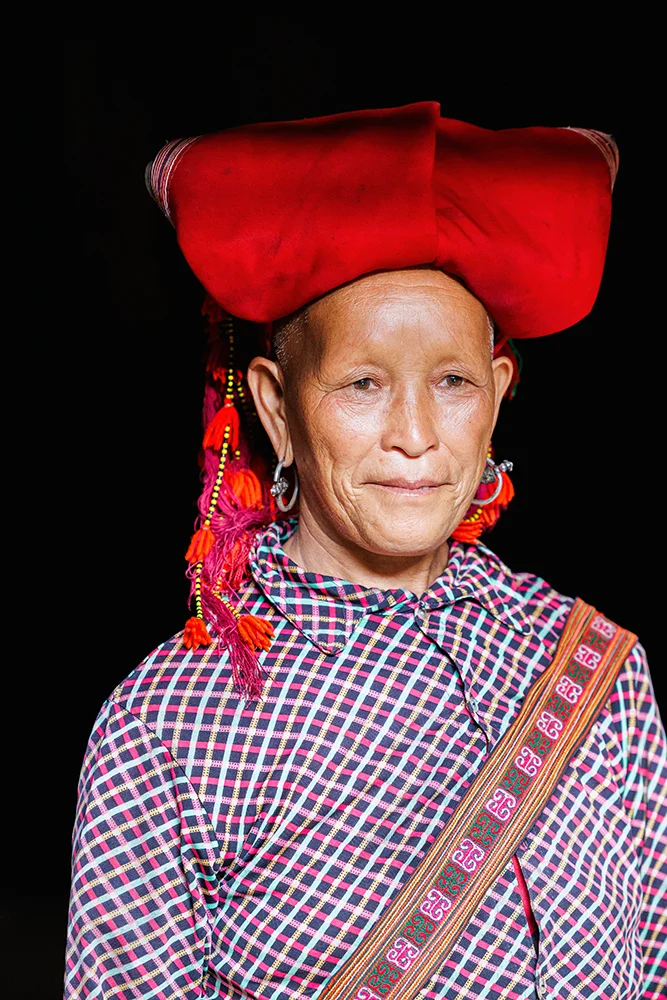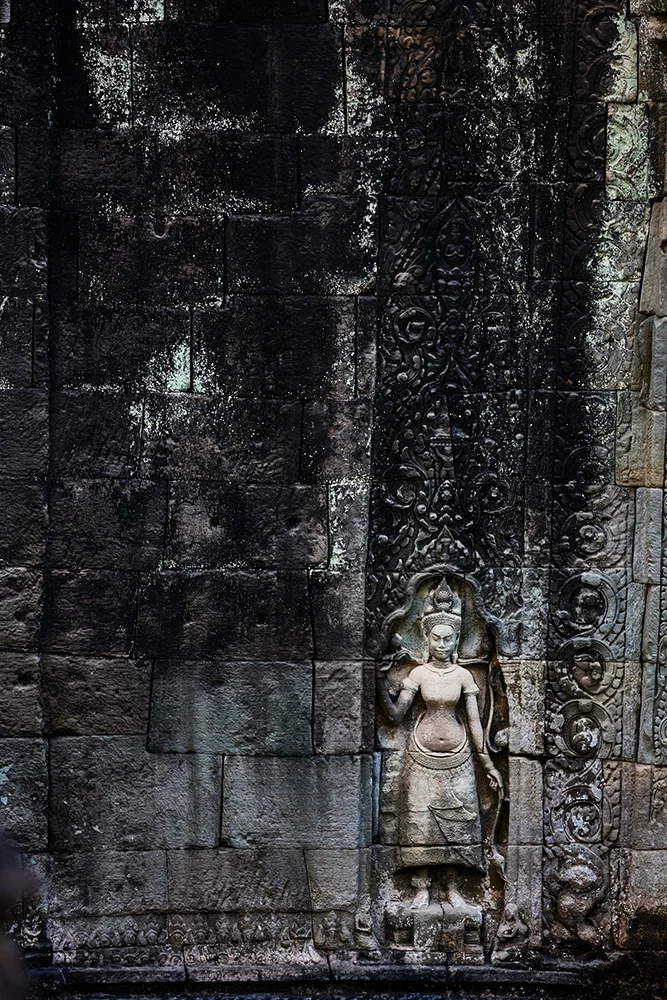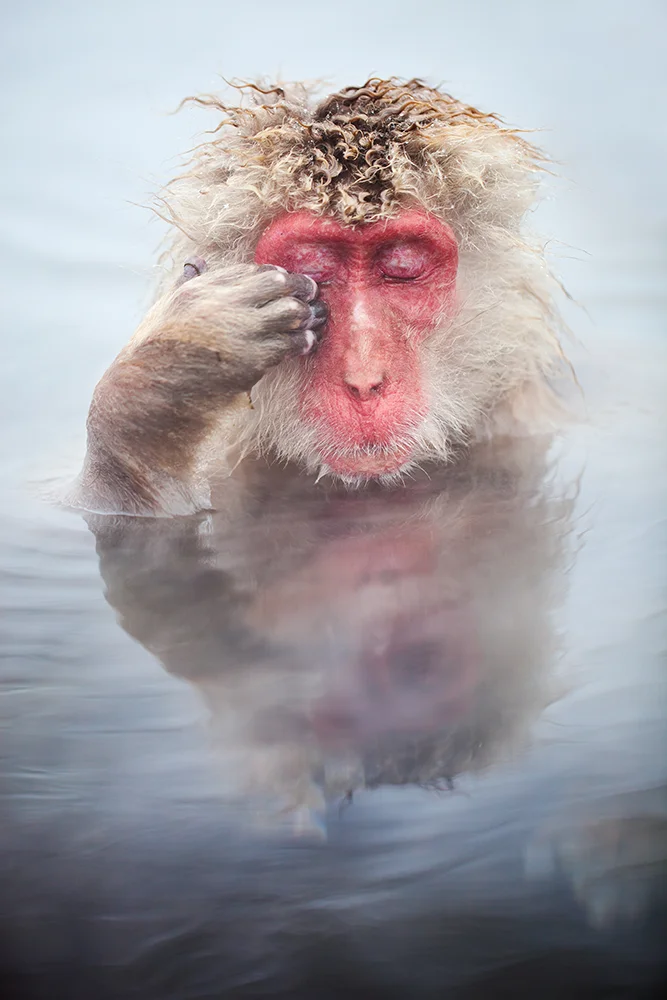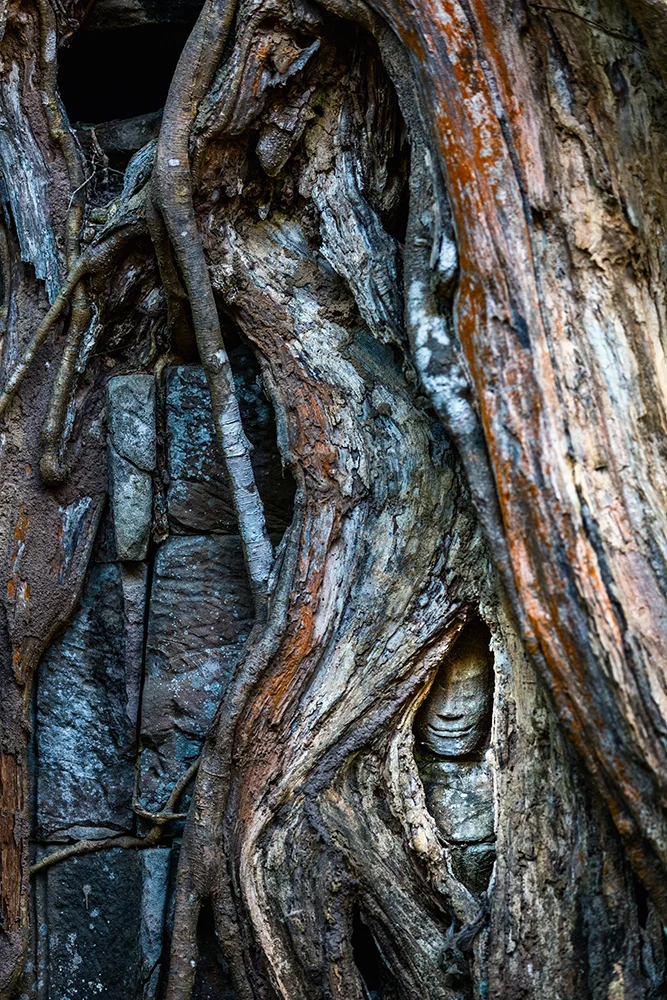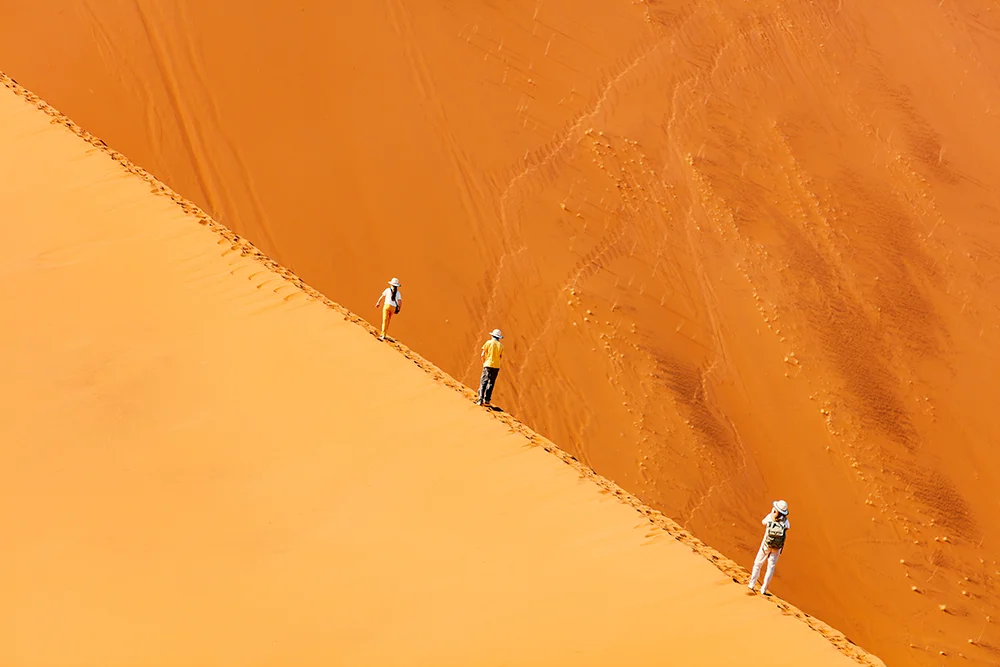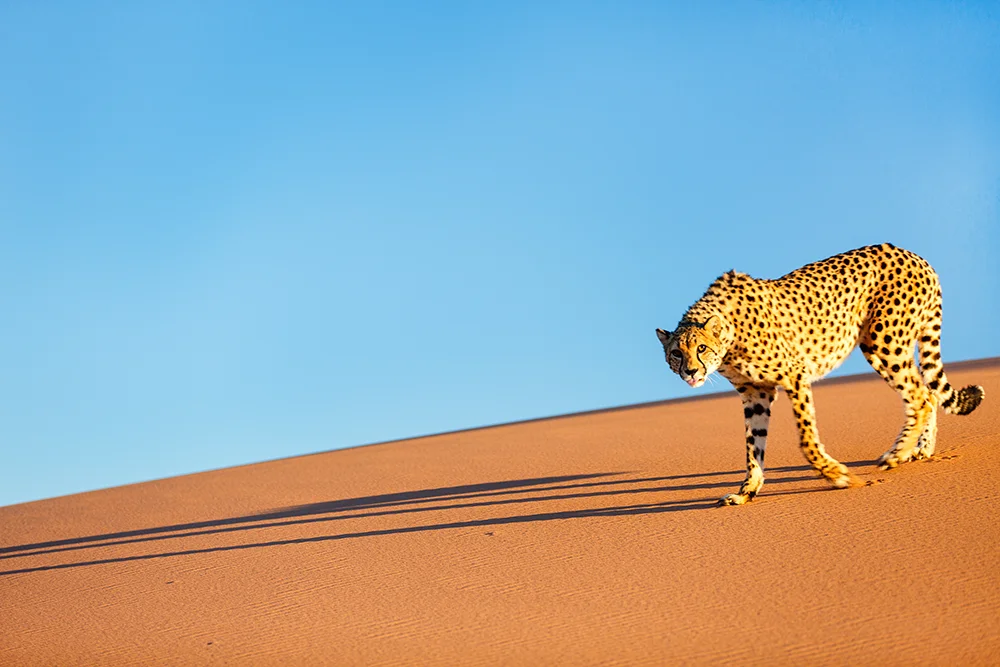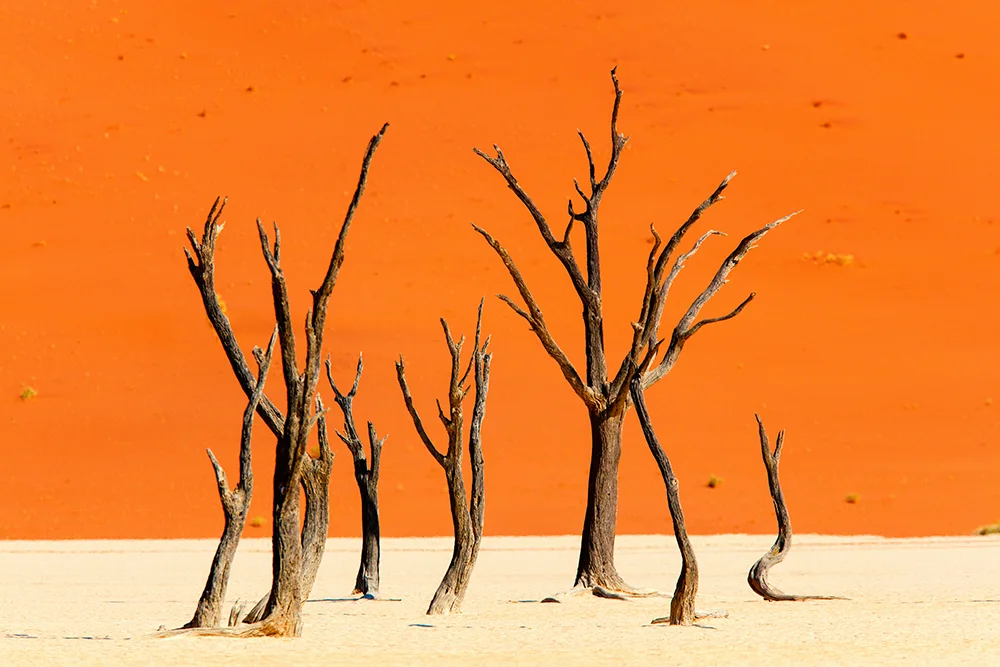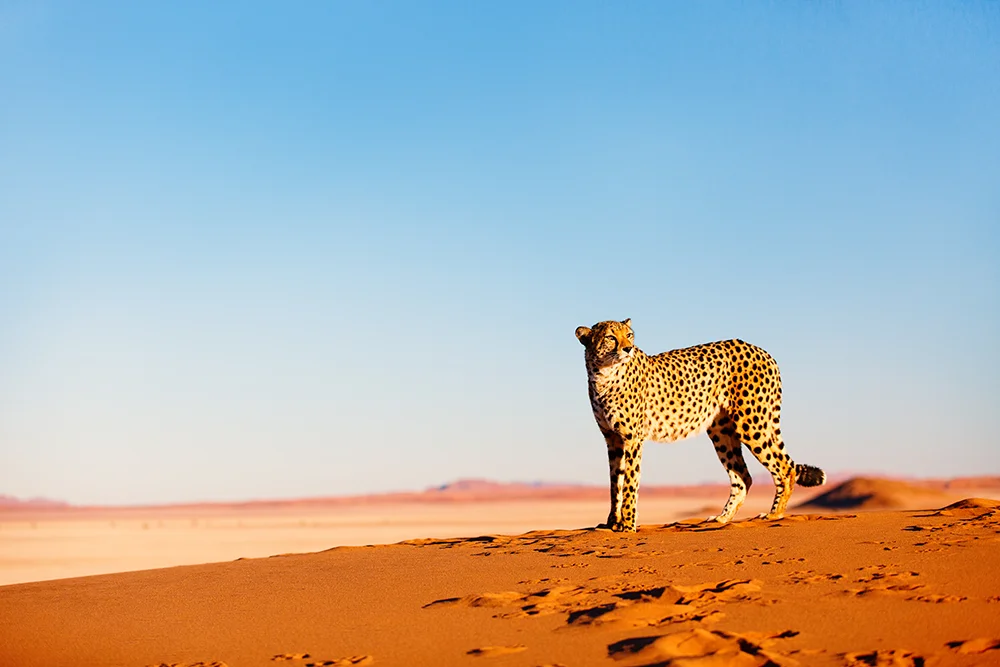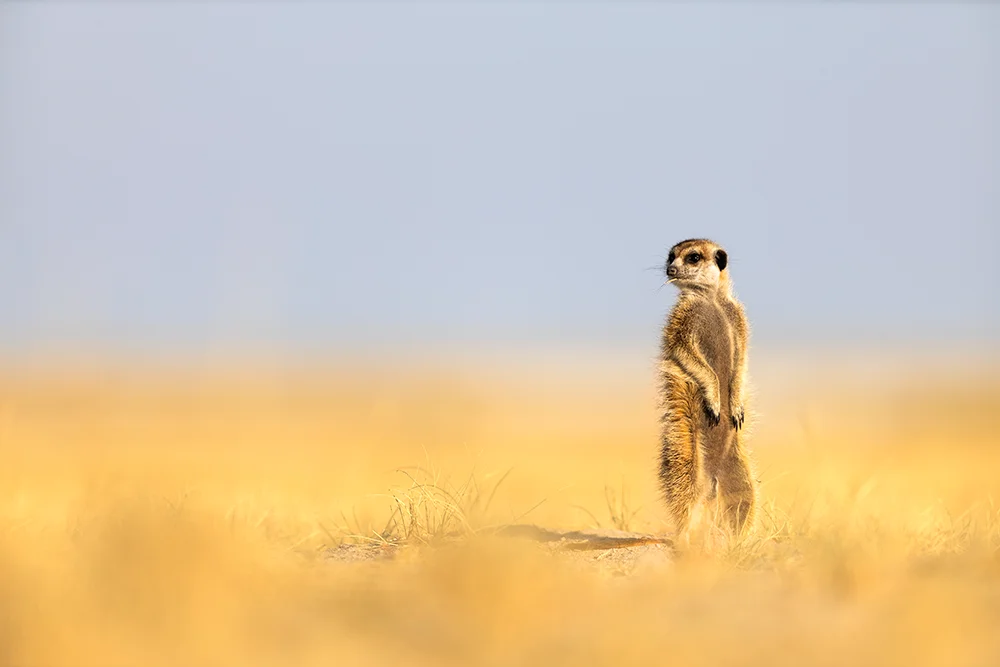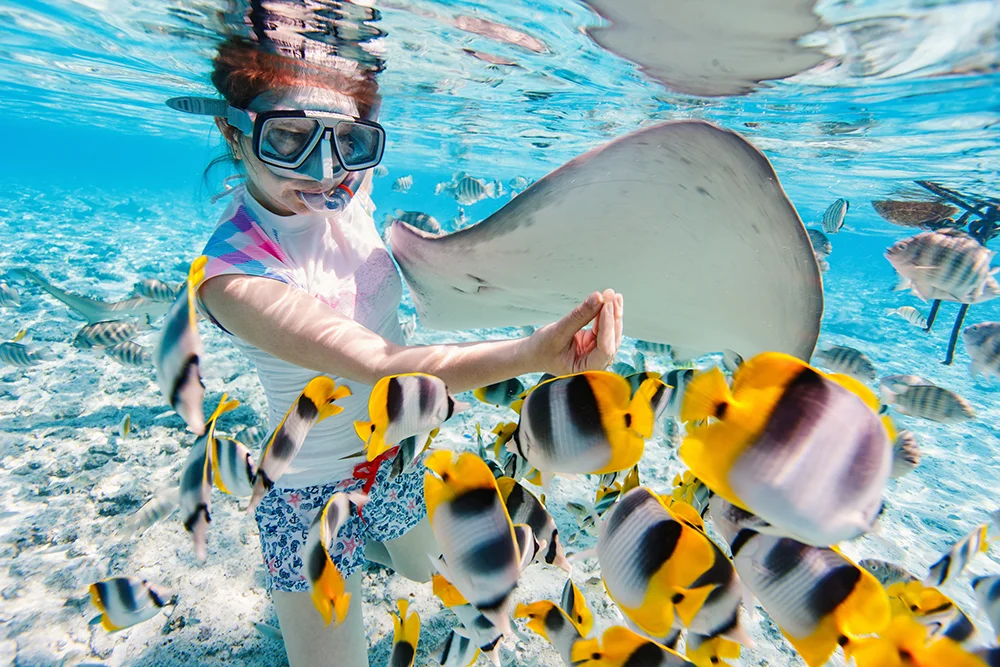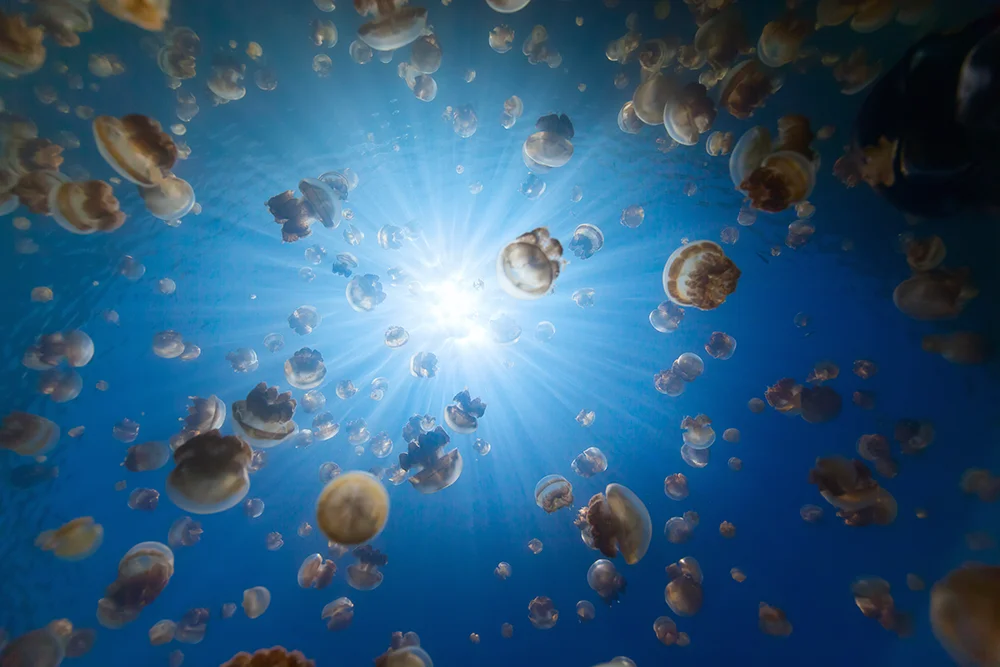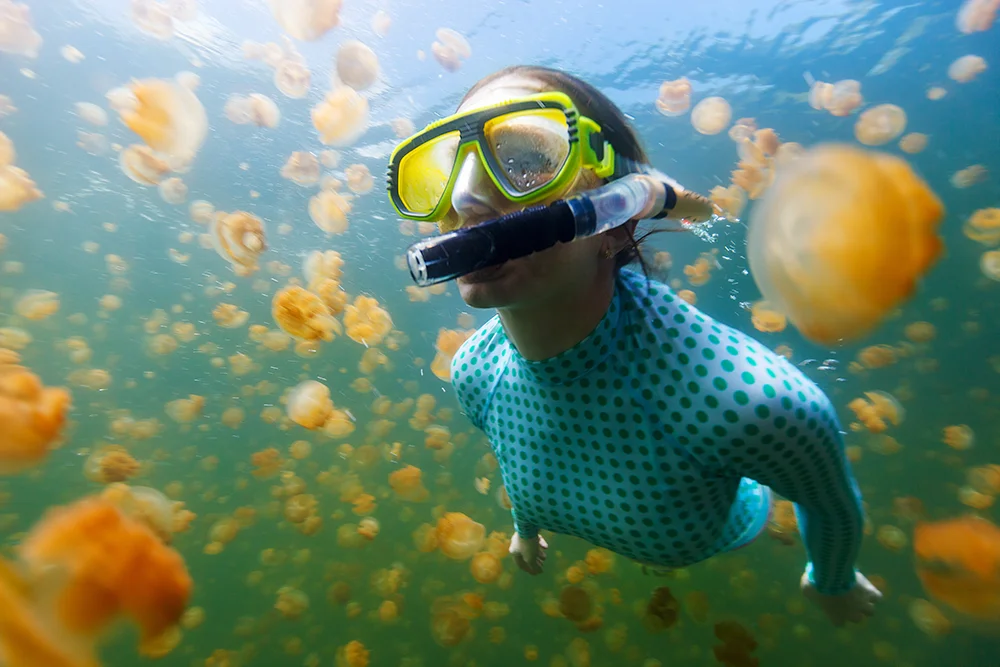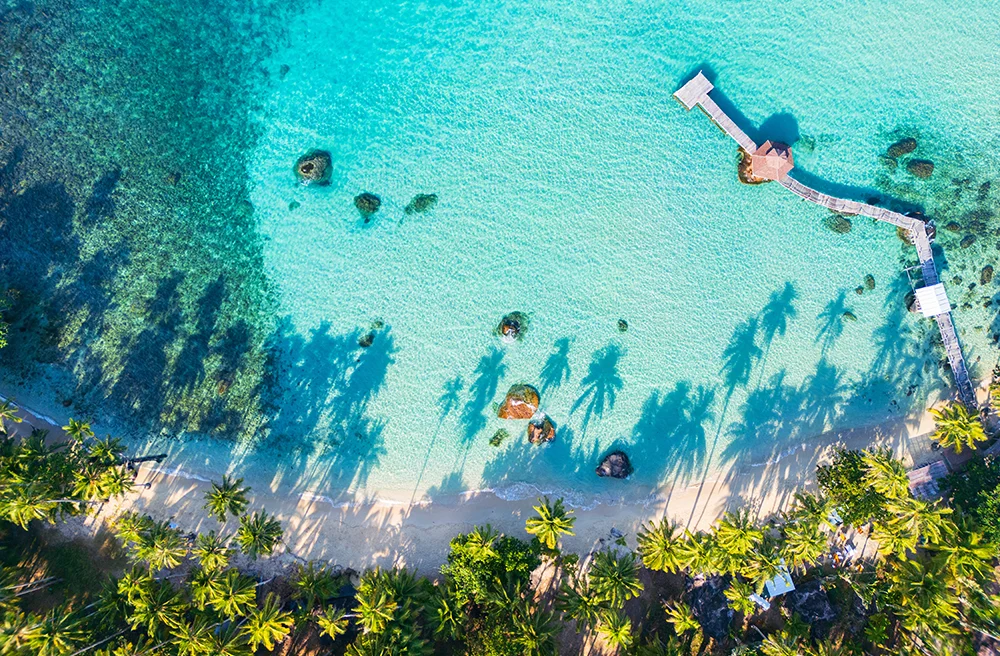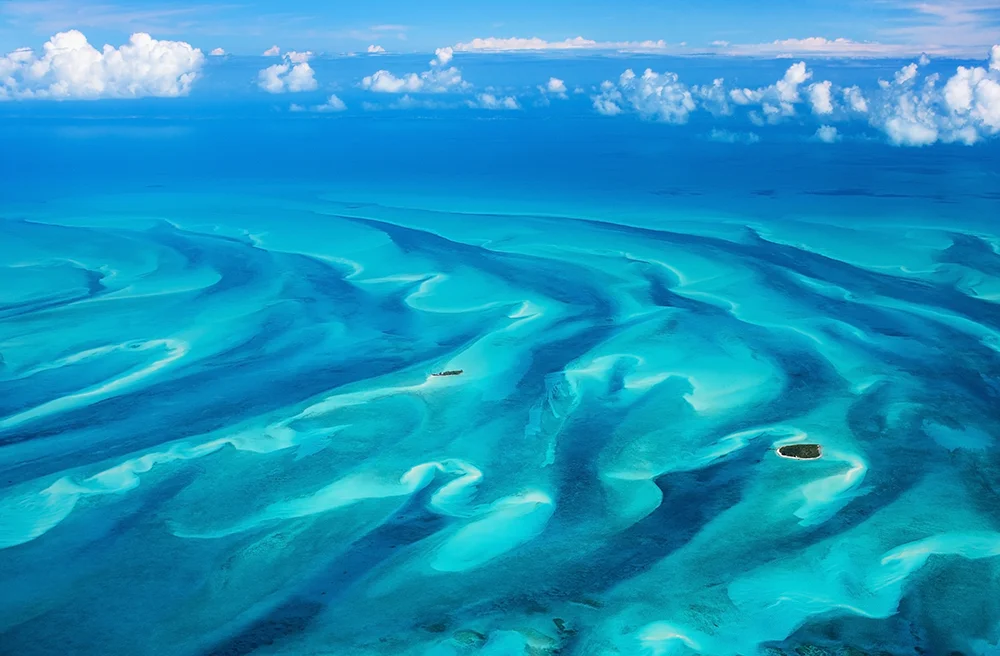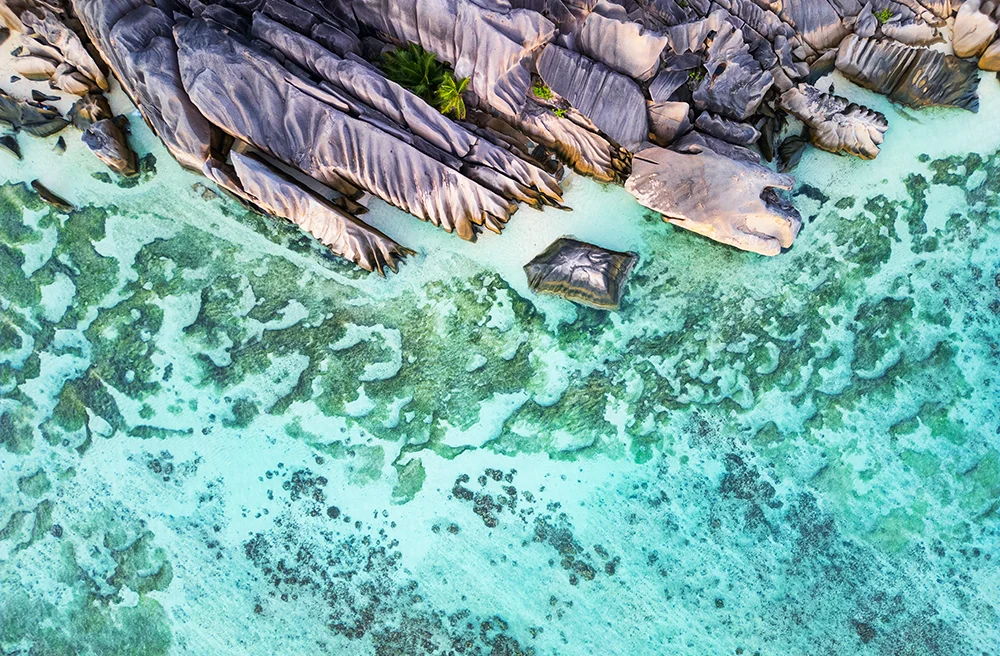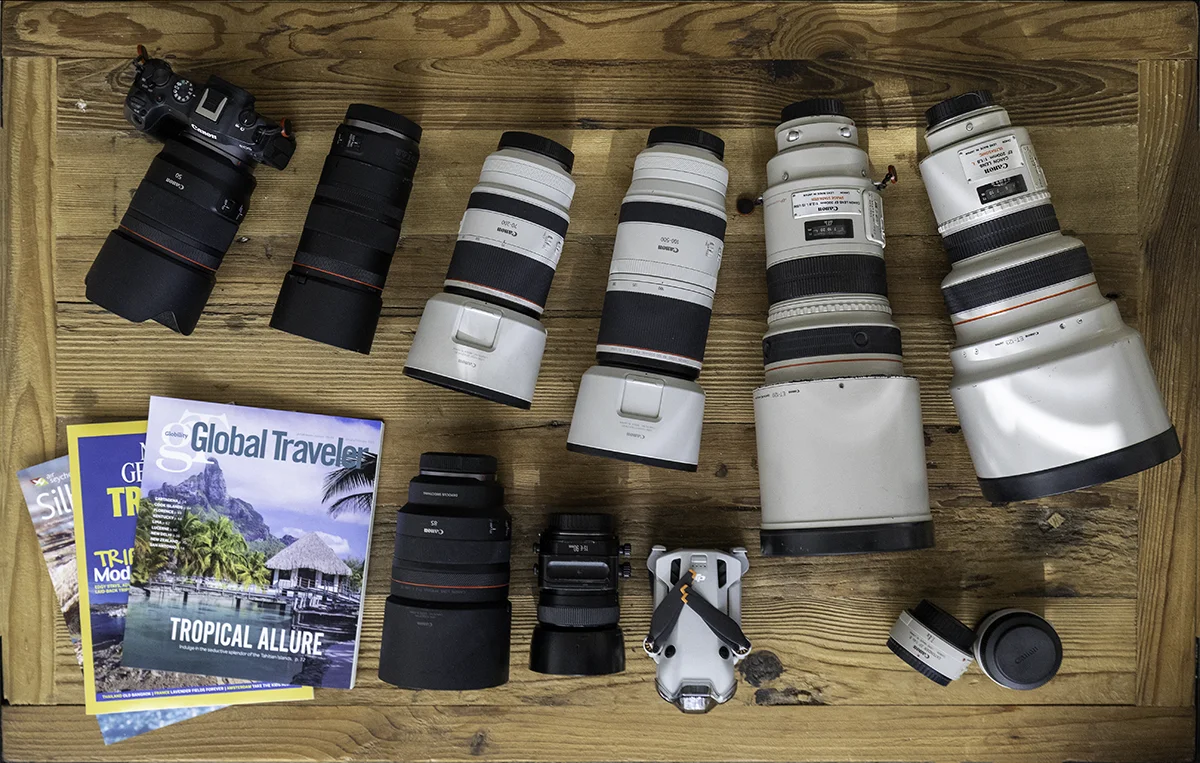
We’re often asked what photography equipment we use to capture our images—from dramatic landscapes to detailed portraits and everything in between. Here’s a comprehensive look at the photo equipment we currently use, carefully chosen over years of travel, work, and constant refinement.
Cameras
Throughout our photography journey, we’ve relied on Canon cameras. We started with the iconic 5D and 1Ds series and gradually transitioned to Canon’s mirrorless lineup. Today, we use the Canon EOS R8 cameras.
Traveling light is essential for our work, and the R8—paired with Canon’s new lightweight RF lenses—has allowed us to reduce the weight of our photo bags by several kilograms without compromising image quality.
Lenses
No single lens can serve every photographic purpose, which is why we rely on a selection from the Canon RF lineup. Each lens serves a unique role in realizing our creative vision. Most of the time, Marina prefers the 50mm or 85mm lenses for portraits and detail shots, while I typically reach for the 15-35mm or 70-200mm lenses.
📷 Canon RF 15-35mm F2.8L IS USM
Ideal for landscapes, interiors, and cityscapes. This ultra-wide zoom captures breathtaking views with exceptional clarity, contrast, and edge-to-edge sharpness.
📷 Canon RF 50mm F1.2L USM
A favorite for food and street photography, portraits, and interior details. It’s bulkier than the EF 50mm 1.2L we once loved, but the image quality, lightning-fast focus, and premium build make the extra grams worth it.
📷 Canon RF 85mm F1.2L USM DS
Our go-to portrait lens. The Defocus Smoothing (DS) gives a creamy, cinematic bokeh, enhancing the already legendary qualities of our old EF 85mm 1.2L.
📷 Canon RF 100mm F2.8L Macro IS USM
Essential for macro photography—think small wildlife, textures, or fine detail. This version includes spherical aberration (SA) control, allowing creative bokeh control beyond traditional macro capabilities.
📷 Canon RF 70-200mm F2.8L IS USM
Versatile and compact, this lens is perfect for everything from street scenes to wildlife and tight portraits. It weighs just 1kg, a major improvement over the 1.5kg EF version, with even better stabilization and portability.
📷 Canon RF 100-500mm F4.5-7.1L IS USM
Our wildlife workhorse. While we’ve parted with our 500mm prime, the flexibility and surprisingly sharp results of this zoom make it our top choice for safaris and wildlife photography.
Legacy Lenses
Even after moving to the RF system, we’ve held onto a few legendary EF lenses:
- Canon EF 200mm F1.8L USM – A rare lens no longer produced due to environmental restrictions.
- Canon EF 300mm F2.8L IS USM – Still our pick for fast-paced wildlife, especially on safari.
- Canon TS-E 90mm F2.8 – Used for perspective control and fun miniature world shots 😊.
These classics remain unmatched for their optical character and continue to play a key role in our toolkit.
Underwater Photography equipment
Our underwater work mainly focuses on sports and shallow-water photography. Over the years, we’ve used housings from SEA&SEA, Ikelite, Ewa-Marine, and Aquatech Elite Sport—with Aquatech being our favorite.
Now that we’ve switched to the mirrorless RF system, we’re transitioning to the Ikelite 200DLM/D housing, which is much more compact and travel-friendly. Keep tuned for our upcoming Ikelite housing review. In the meantime, don’t miss our Underwater Photography Tips & Tricks post for practical advice and behind-the-scenes insights.
For quick water adventures like kayaking or beach days, we also use the JOBY SeaPal Waterproof Case for iPhone, developed by Aquatech. It’s an excellent lightweight solution when we don’t want to carry our full kit.
Drone Photography equipment
For our aerial shots, we rely on the DJI Mini series—specifically chosen to stay within the 250-gram category. Many countries have strict regulations for drone use, but drones under 250 grams often don’t require special permits for hobby or recreational photography.
Currently, we travel with the DJI Mini 4 Pro, and it has exceeded our expectations. Despite its compact size, it delivers excellent image quality, stable flight performance, and intelligent shooting modes—all in a travel-friendly form factor that fits right into our day bag.
Accessoires
Staying organized and mobile is just as important as the camera gear itself—especially when traveling light. Over the years, we’ve found a few accessories that consistently deliver in terms of comfort, durability, and functionality.
Lowepro m-Trekker BP 150 – Charcoal Grey
Our go-to backpack for full-day shoots and international travel. It’s compact enough to meet carry-on size restrictions, yet spacious enough to hold a mirrorless body, multiple lenses, drone, and accessories. Note: most laptops won’t fit, but I’ve been able to squeeze a 14-inch MacBook Pro into the back pocket.
Peak Design Everyday Sling 6L and 3L
For quick outings or when we only need a camera and one lens, we use the 6L or 3L slings depending on the day’s gear. Comfortable, secure, and built with thoughtful compartments and weather-resistant materials. The 6L can easily fit Canon R8 body with Canon RF 15-35 F2.8L and Canon RF 70-200 2.8L IS lenses.
Peak Design Slide Lite v3 and Leash v3
This is the first thing you must buy when you get your camera. Our preferred camera straps—Slide Lite for heavier setups and Leash for lightweight or compact gear—offer outstanding comfort and reliability. Both are quick to adjust, extremely durable, and easy to swap between cameras.
